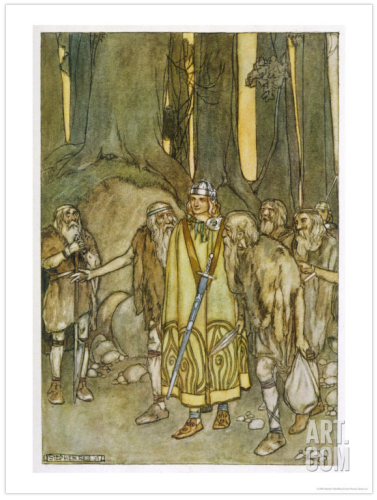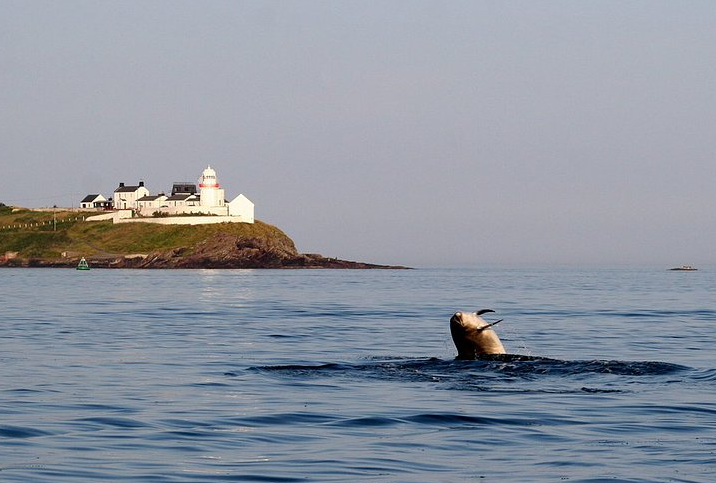FINN MCCOOL COMES TO AID THE FIANNA
Fionn MacCool, was no ordinary giant. He was the biggest and the strongest giant in all Ireland. His voice could be heard for miles around. He was so strong that he could lift a hundred men in one of his enormous hands. Fionn lived with his wife in the hills of County Antrim. Fionn’s wife was called Oonagh.
One day a messenger came to Fionn’s castle. He had come all the way from Scotland with news for Fionn. The messenger told Fionn that a Scottish giant called Angus wanted to fight him. Angus wanted to show that he was stronger than any giant in Ireland. Fionn had never seen Angus before, but he knew that he was the biggest giant in Scotland. Fionn was not afraid.
The next day, Fionn began to build a path across the sea to Scotland. This path was called the causeway. It was made of thousands of rocks. Fionn built many miles of the causeway with his great hands. When Angus heard about Fionn’s causeway, he decided to build the Scottish end of the causeway himself. For weeks the two giants worked hard at building the causeway.
One morning Fionn was in the forest near his castle. He saw his wife coming towards him. He ran over to her.
She said to him, “I have heard that Angus is the biggest and the strongest giant in all the world. He is twice as big as you and twice as strong!” Fionn was very worried. “I cannot fight a giant that is twice my size!”
She said to him, “I have heard that Angus is the biggest and the strongest giant in all the world. He is twice as big as you and twice as strong!” Fionn was very worried. “I cannot fight a giant that is twice my size!”
As the sun was setting, he heard a knock on the door. It was the messenger. “Angus wants to fight you tomorrow at sunrise,” he told Fionn.
“Yes, of course,” replied Fionn.
“Yes, of course,” replied Fionn.
He went into his bedroom when the messenger left. He took the blankets off the bed. Fionn and Oonagh worked through the night. They cut the blankets and made giant baby clothes. Fionn put on the baby clothes and got into the giant cradle.
At sunrise the next morning, Oonagh heard a knock on the door. It was Angus. Angus asked Oonagh was Fionn there. Oonagh told him that he was gone for a walk and that he would be back soon. She invited him in. It was not long before Angus heard a cry. He asked whom it was, pointing to the cradle. Oonagh said, “That’s young Fionn, our baby.
Angus thought that if this is the size of their baby, how big could Fionn be. Then he ran out of the castle as fast as he could. He ran across the causeway and did not stop until he reached his country. He was afraid that Fionn might follow him.
Angus thought that if this is the size of their baby, how big could Fionn be. Then he ran out of the castle as fast as he could. He ran across the causeway and did not stop until he reached his country. He was afraid that Fionn might follow him.
Today, if you go to County Antrim, you can still see a small piece of the causeway. It is called the Giant’s Causeway, because it was built by Fionn Mac Cool, the most famous giant in the history of Ireland.



.jpg)













